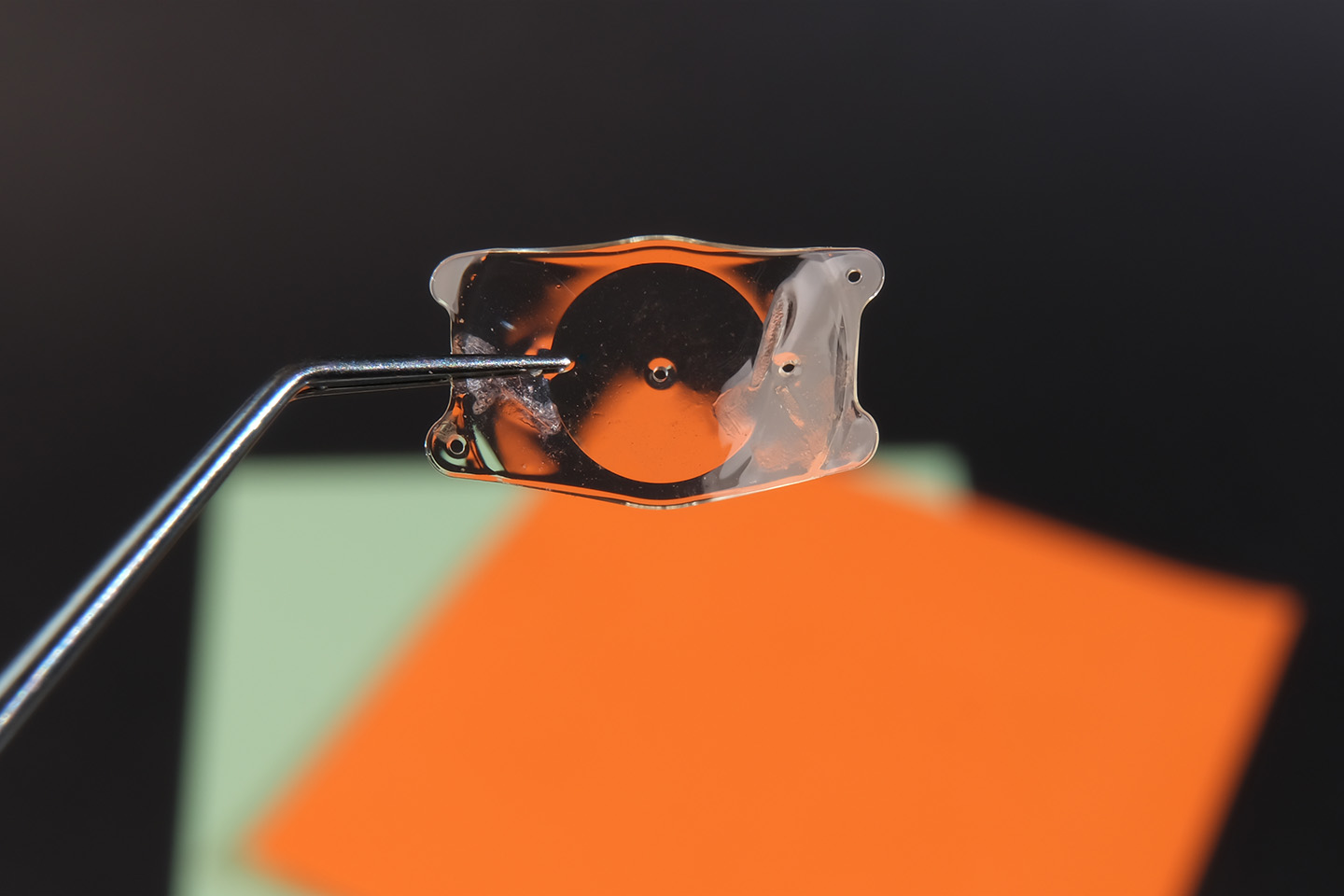Pterygium: Understanding and Treating ‘Surfer’s Eye’ for Clear Vision

Too much sun and wind can cause an eye growth called pterygium, but it’s a simple condition to treat.
Pterygium or “surfer’s eye” is a type of eye growth common in people who spend a lot of time outdoors. This condition can cause irritation or interfere with vision, and glasses or contacts won’t be able to help. Pterygium is often uncomfortable, but there are ways of treating it that will allow you to maintain clear vision and live an active life.
Causes of Pterygium
Pterygium is a fibrous, non-cancerous growth that develops on the surface of the eye (otherwise known as the sclera, or the white of the eye), usually originating in the corner of the eye. Pterygium can happen to one or both eyes, and on either corner of the eye. Once it forms on the sclera, it can eventually affect the cornea as well.
Anyone can develop pterygium, but men between the ages of 20 and 40 who spend large amounts of time outdoors are most likely to be affected. People who have outdoor jobs where they may be regularly exposed to sun, wind, and dust, or who live close to the equator and/or in areas of high altitude are also particularly vulnerable.
Symptoms of Pterygium
The symptoms of pterygium are fairly similar to other common eye infections or diseases. Pterygium is frequently confused with cataracts, though the two are actually quite different. People with pterygium may feel like there is something in their eyes such as dirt, sand, or a small object, or experience a burning or itching sensation. An affected eye may also become red and inflamed.
Pterygium may have no symptoms initially, but as it develops over time it becomes visible to the naked eye. This usually means it is large enough to begin interfering with one’s vision as well.
Too much sun and wind can cause an eye growth called pterygium, but it’s a simple condition to treat.
Pterygium or “surfer’s eye” is a type of eye growth common in people who spend a lot of time outdoors. This condition can cause irritation or interfere with vision, and glasses or contacts won’t be able to help. Pterygium is often uncomfortable, but there are ways of treating it that will allow you to maintain clear vision and live an active life.
Causes of Pterygium
Pterygium is a fibrous, non-cancerous growth that develops on the surface of the eye (otherwise known as the sclera, or the white of the eye), usually originating in the corner of the eye. Pterygium can happen to one or both eyes, and on either corner of the eye. Once it forms on the sclera, it can eventually affect the cornea as well.
Anyone can develop pterygium, but men between the ages of 20 and 40 who spend large amounts of time outdoors are most likely to be affected. People who have outdoor jobs where they may be regularly exposed to sun, wind, and dust, or who live close to the equator and/or in areas of high altitude are also particularly vulnerable.
Symptoms of Pterygium
The symptoms of pterygium are fairly similar to other common eye infections or diseases. Pterygium is frequently confused with cataracts, though the two are actually quite different. People with pterygium may feel like there is something in their eyes such as dirt, sand, or a small object, or experience a burning or itching sensation. An affected eye may also become red and inflamed.
Pterygium may have no symptoms initially, but as it develops over time it becomes visible to the naked eye. This usually means it is large enough to begin interfering with one’s vision as well.
Treating the Condition
The best way to treat pterygium is to remove the growth entirely. This can be accomplished through a simple procedure conducted by an eye doctor. A local anesthetic will be used to minimize any pain or discomfort, and the actual procedure only takes a few minutes in total. Afterwards, your eye will be covered with a patch and you’ll be given antibiotic ointment. You must return to the doctor 24 hours later for a follow-up, but aside from that you should be able to go back to your regular schedule just one day after the removal procedure.
If you’re experiencing irritation in your eye and think it might be pterygium, make an appointment with an eye doctor as soon as possible. The eye care specialists at Swagel Wootton Eye Institute have experience successfully and safely treating a variety of vision-related conditions, including pterygium. Our staff is here to help you see clearly again and get back to your active lifestyle. Schedule a consultation with us today either online or by phone.
The best way to treat pterygium is to remove the growth entirely. This can be accomplished through a simple procedure conducted by an eye doctor. A local anesthetic will be used to minimize any pain or discomfort, and the actual procedure only takes a few minutes in total. Afterwards, your eye will be covered with a patch and you’ll be given antibiotic ointment. You must return to the doctor 24 hours later for a follow-up, but aside from that you should be able to go back to your regular schedule just one day after the removal procedure.
If you’re experiencing irritation in your eye and think it might be pterygium, make an appointment with an eye doctor as soon as possible. The eye care specialists at Swagel Wootton Eye Institute have experience successfully and safely treating a variety of vision-related conditions, including pterygium. Our staff is here to help you see clearly again and get back to your active lifestyle. Schedule a consultation with us today either online at our Mesa or Chandler locations or by phone.









